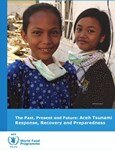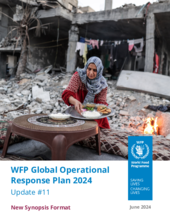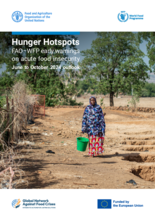
The Indian Ocean tsunami of December 2004 was one of the biggest humanitarian challenges that the international community faced more than eight years ago. The impact and scope of this natural disaster was without precedent; affecting Indonesia, Thailand, Sri Lanka, the Maldives and the east coast of Africa. More than 230,000 lives were lost and homes, property and livelihoods were destroyed. In Indonesia, Aceh province was the worst affected with more than 170,000 lives lost and over 2.8 million people directly or indirectly affected. To this day, images of vast devastation still haunt many.
The World Food Programme (WFP) was among the first on the ground to provide food aid to those in need, as well as logistics and telecommunications support to the entire humanitarian community. In the initial phase of the emergency, WFP was also one of the largest food aid providers, ensuring that we reached the most vulnerable groups, young children and women. While the speed of our response was critical, so was scale. By December 2005, we were reaching close to 1.2 million beneficiaries.
What is very unusual in WFP’s story in Aceh is the speed, scale and extent of support provided. This publication documents our evolution, from immediate food aid phase to the recovery and reconstruction phase, to providing backbone assistance through the Shipping Service to rehabilitating bridges and other much needed infrastructure. WFP gradually invested in the soft infrastructure as well including training of port managers and other emergency preparedness and response support.
WFP is proud to have contributed to Aceh’s efforts to build back better, together with our counterparts in the government and other stakeholders. WFP remains committed to working together with the Government and other stakeholders to build a strong and resilient nation.



